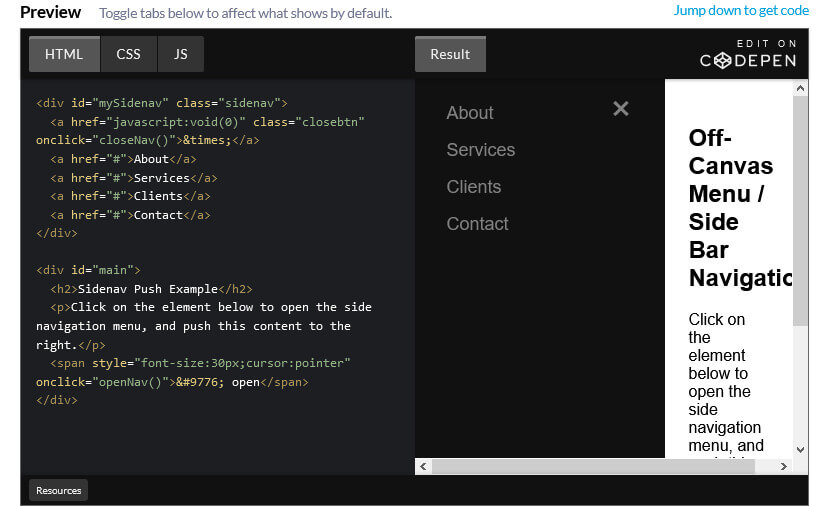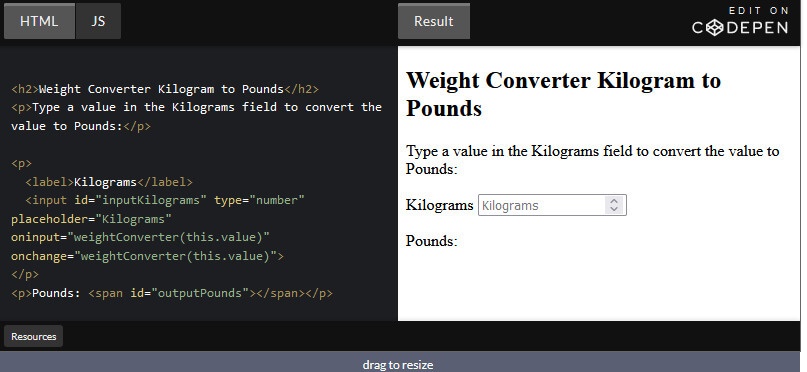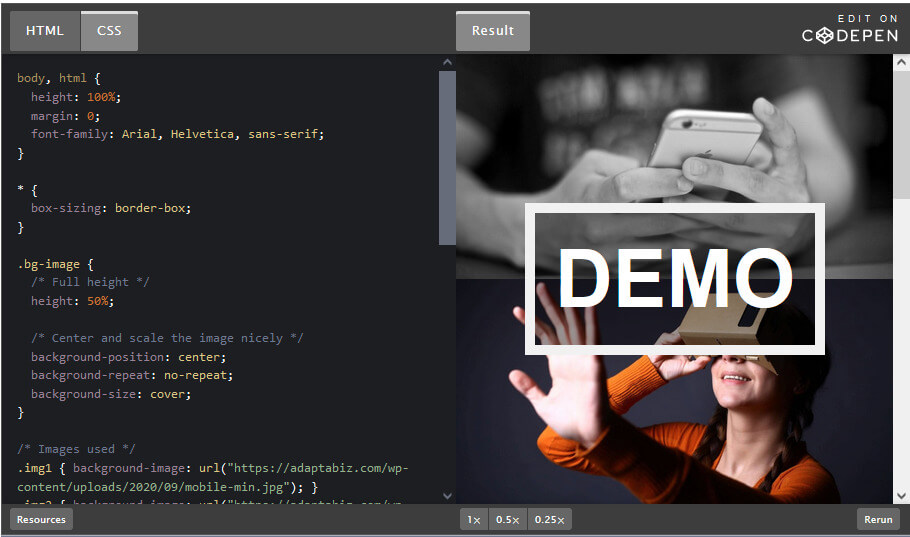In the world of programming languages, there is no respite for breakthroughs and innovations. The developers are always in search of an easier, more sophisticated, and more project-friendly language that meets their needs. Go or GoLang came as such as astounding new programming language with a full pack of solutions. Ever since it arrived, Go took the entire programming world by surprise.

Robert Griesemer, Rob Pike, and Ken Thompson started designing Go around 2007.
Go is an open-source programming language from Google. However, every developer can contribute to it by creating new proposals, making it faster, fixing bugs. Here is the source code.
Go is a statically-typed compiled language. Go supports concurrent programming, it allows running multiple processes simultaneously. This is achieved using channels, goroutines, etc. Go has garbage collection which itself does the memory management and allows the deferred execution of functions.
Why Go?
Easy to Use and Read
Go may not have the popularity of JavaScript or Python, it does have one important thing in common with them: it’s eminently easy to understand. The syntax is clean and accessible to newcomers, and there aren’t a lot of complex functions to learn. But that slick and clean syntax offers advantages to more than just newbies. That’s because it’s an easy language to read as well, and that makes it a great choice for legacy code that may involve multiple coders iterating over each other’s code blocks. And if you’re someone who is already proficient in C# or C++, learning Go should be more accessible due to its striking similarities to C.
Garbage Collection
Garbage collection, or automatic memory management, is a key feature of the Go language. Go excels in giving a lot of control over memory allocation and has dramatically reduced latency in the most recent versions of the garbage collector, with average latencies below 1ms. Go’s garbage collector achieves this by running concurrently with the program and by using a tricolor mark-and-sweep algorithm.
Standard Libraries
Go has very powerful standard libraries that let you undertake many high-level tasks quickly. Go is designed with web development in mind, which is why it has a standard library for dealing with JSON. Most languages rely on an open-source library to deal with JSON, while Go has built-in JSON handling.
Backed by Google
Go is powered by Google, which was one of the strongest reasons that developers choose Go in the first place. Google designed Go from the beginning to support scalability and effectiveness, making it ideal for cloud-based application development.
Strong Security
Simpler code is generally safer than complicated code, and the same concept applies to Go. As a statically typed language, you don’t have to worry about complex and hard to identify errors that come from the huge number of variable types present in more dynamic languages. The inclusion of a garbage collector also helps prevent memory from bleeding off in your code. While the lack of generics means that coders need to be more diligent in running tests, identifying errors is easier than it is in many alternatives and that generally promotes a more thorough approach to writing clean code.
Multiple Platforms
Another unique feature of Go is the ability to cross-compile your application to run on a different machine than the one used for development. The Go compiler allows you to generate executable binaries for different operating systems with simple commands. Instead of requiring Go to be installed on foreign machines, you can easily cross-compile your original source code to run on multiple machines. This makes deploying Go applications to production servers or local machines a breeze—all it requires is moving the final executable file.
Documentation
While Go’s appeal lies in its ease of writing and reading, it’s still important to document programs properly. Go has standard policies for documenting all included functions and libraries. Google’s language also notifies programmers when they’ve forgotten to have documentation in place.
A few companies that already use Go:
- YouTube
- BBC
- Apple
- Docker
- The New York Times
- Dropbox
- The Economist
- IBM
Some of the Frameworks:
Faygo
Faygo is a fast, compact Go Web framework that produces high-performance web applications (especially API interfaces) with minimal code. Simply define the struct Handler and Faygo will automatically bind, validate the request parameters, and generate an online API document.
Essgo
Essgo is a simple, stable, efficient, and flexible web development framework developed by Go. Its project organization form has been carefully designed to achieve separation between front and rear, system and business separation, perfect compatibility with MVC and MVVC, and other development modes which is very conducive to the development of enterprise applications and API interfaces.
HuGo
HuGo is based on MVC’s architectural pattern, enabling REST-supported automatic route distribution, simplifying HTTP requests, and view operations. At the same time, HuGo provides a simple and straightforward data access layer for efficient and direct manipulation of database content. It is a generator of static websites.
Buffalo
Use the Gorilla toolkit to manage routes, sessions, cookies, etc. It is also compatible with the pop ORM which supports MySQL / MariaDB, PostgreSQL, and SQLite. If you run it with Buffalo dev You can reload the hot code from the backend to the frontend and see the changes live.









